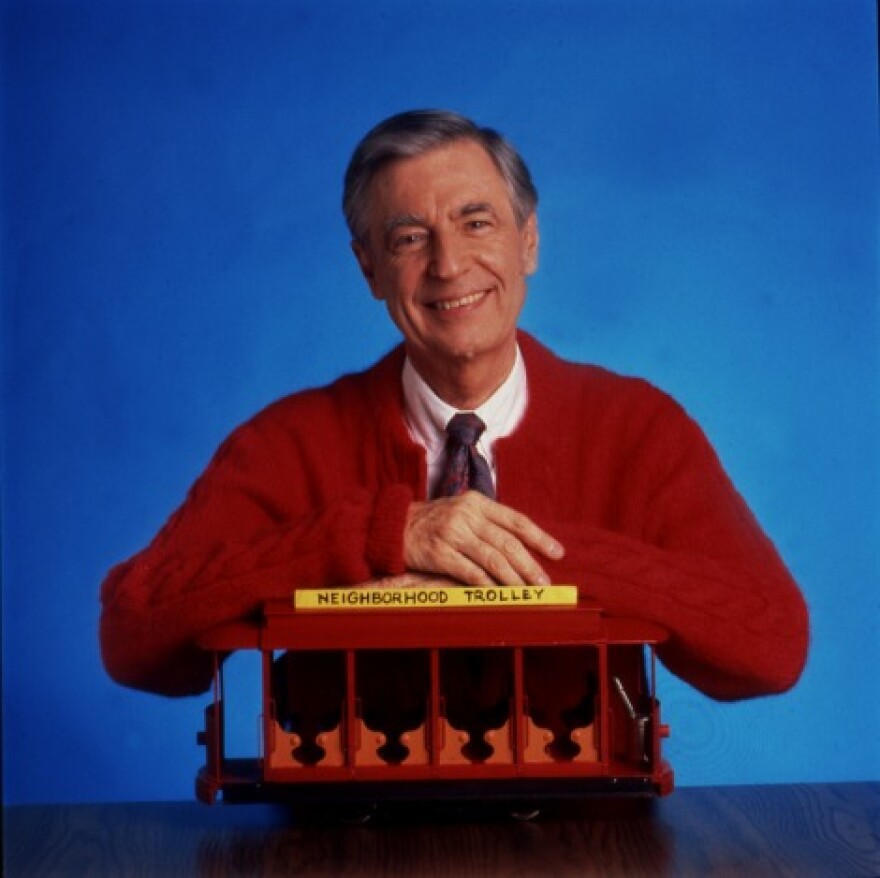During times of grief and loss it is hard to understand what feelings and thoughts children may experience. If the loss is significant it may be hard for adults to focus specifically on children because they are trying to cope with their own emotions.
The loss of a loved one or a pet may be very hard for children to understand. Children are trying to make sense out of the loss and they do this by following the cues of the adults around them.
It is important to understand that children cope with grief differently than adults. It may be hard for the very young child to understand what death is or what it means to die.
Young children think in concrete terms, so it is important to use terms that children will not associate with actions they do, such as sleeping or resting. The child may think that the deceased person or pet will wake up or that they may go to sleep and not wake up again.
The child may ask a lot of questions that seem inappropriate or uncomfortable for many adults. These questions should be answered as sensitively as possible but adults should tell the child the truth. The young child may need to be told over and over again that the person or pet has died. They do not understand yet that all living things die, so they may need to ask if certain types of people or animals will die.
For children that are grade school age, they understand the concept of death and that it is permanent. They can be very curious about the physical details of the death. Grade school children need to experience and express grief in physical ways. This can be accomplished by including grade school children in the rituals associated with death such as visitations, funerals and memorial services.

Although this decision should be left up to the child and his or her parents or guardians, it is helpful for the child to take part in the rituals. It helps them understand what happens when a person or pet dies. Including the child in the ritual services helps them develop a healthy response to death.
When a parent is not available a close and trusted adult should prepare the child for what they are going to see. Explain what the room will look like, what objects they are going to see, how the body will look or be displayed. Making sure that the child will know what to expect will help eliminate any shock or surprise.

Allow the child to participate in decisions that are made about the ritual services. Allow them to pick the flowers or gifts that come from him or her. Be sure that there is a parent, guardian or trusted adult with the child at all times during the ritual services. This adult should be able to answer questions or help comfort the child during the process.
Although death is not a subject that people like to talk about, it is very important to help children understand the concept of death. Having experiences that are healthy and positive when they are younger will help the child as they grow. They are more likely to have healthy reactions to death later in life.
For more resources on helping children through grief and loss:
Fred Rogers Talks about Dealing with Death
When Families Grieve (the Sesame Street toolkit)
Ele's Place Healing Center for Grieving Children (Lansing, Ann Arbor, Grand Rapids)
Helping Children and Youth Deal with Traumatic Events
National Alliance for Grieving Children
Children’s Grief Education Association
Michigan Network for Grieving Children

Kendra Moyses works in the areas of early childhood and youth development with special focus on developing life skills and working with military families for Michigan State University Extension 4-H Youth Development.



